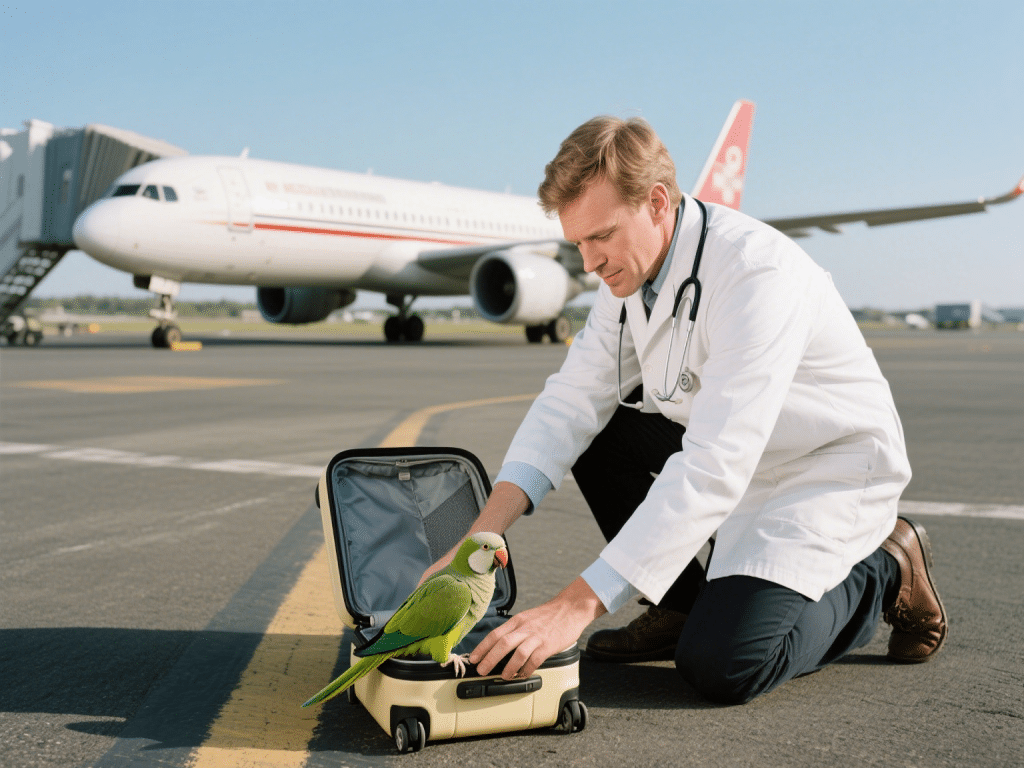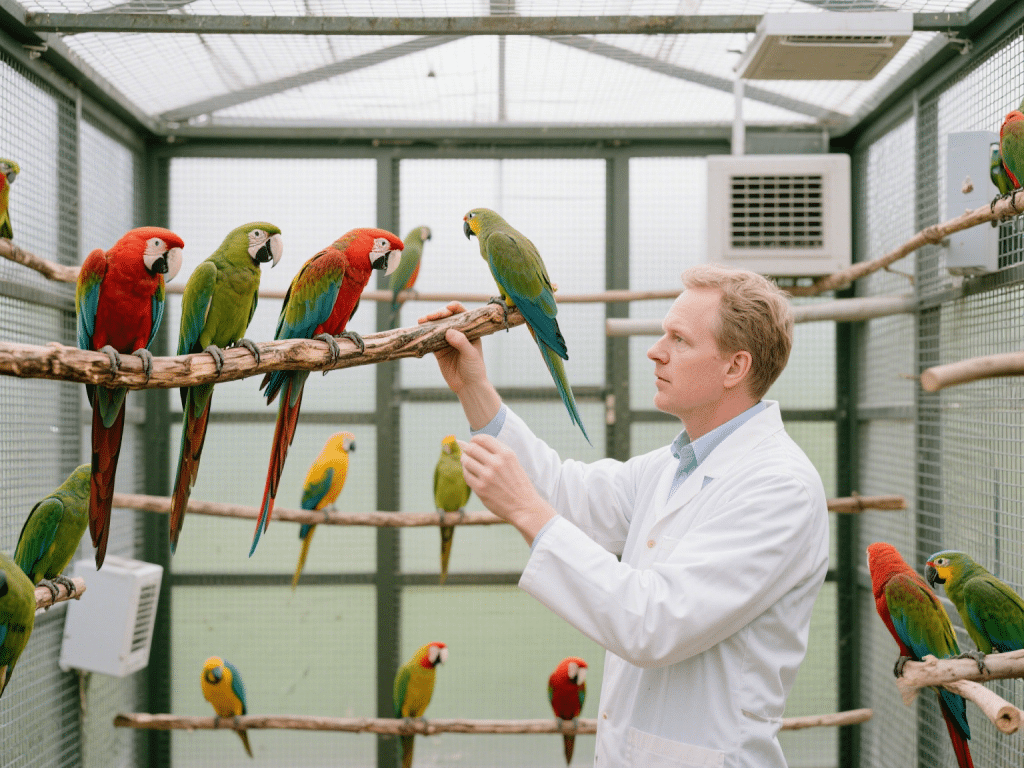
Introduction
Walking on a leash is a fundamental skill for any dog. Without proper training, dogs may pull, lunge, or become anxious on walks. This guide outlines structured steps to teach your dog to walk calmly, improving safety and creating enjoyable outings for both of you.
1. Choosing the Right Equipment
Harness vs. Collar: A front‐clip harness reduces pulling pressure on the neck and evenly distributes force. Avoid using retractable leashes during training; a 4–6 foot fixed-length leash gives better control.
Proper Fit: Ensure the harness or collar is snug but not restrictive—allow two fingers’ width between the strap and your dog’s body.
Treat Pouch and Clicker: Keep high-value treats (e.g., small pieces of chicken) in a pouch for easy access. A clicker can mark desired behaviors precisely.
2. Establishing a Positive Environment
Minimize Distractions: Begin training in a quiet, familiar space like your backyard. Gradually introduce distractions—neighbors, other dogs—only once basic skills are mastered.
Short Sessions: Limit sessions to 5–10 minutes, two to three times per day. Overworking your dog can lead to frustration or disengagement.
3. Teaching “Loose-Leash” Walking
Step-by-Step Process:
Stand Still: Attach the leash and wait for your dog to approach you. When they step toward you without pulling, click and reward.
Take One Step: Take a single step forward. If the dog follows without tension on the leash, click and treat. If they pull, stop immediately and wait for slack before proceeding.
Increase Distance: Repeat this step-by-step reinforcement, gradually increasing the number of consecutive steps before clicking and treating.
Change Directions: When your dog pulls, turn in the opposite direction. This teaches that pulling won’t lead to forward progress and encourages them to focus on you.
4. Incorporating Commands and Cues
“Let’s Go” Cue: Use a consistent verbal cue before you start walking. Place the cue word immediately before the first step so the dog associates the word with movement.
“Heel” Command: Once loose-leash walking is consistent, introduce “heel” by positioning your dog on your left side. Reward frequent checks to your left for eye contact.
Incremental Challenges: Practice “heel” passing by low-key distractions, then gradually progress to busier areas.
5. Addressing Common Challenges
Excessive Pulling: If your dog continuously pulls, consider a no-pull harness with a front-chest clip. Be consistent with the “stop-and-turn” technique anytime they pull.
Lunging at Other Dogs: Increase distance from distractions, then reward calm focus on you. If lunging persists, consult a certified trainer or behaviorist to address underlying reactivity.
Anxiety or Fearful Behaviors: Use desensitization techniques—reward calm behavior at a distance, then slowly decrease the gap between your dog and triggers.
Conclusion
Leash training requires patience, consistency, and positive reinforcement. By using the right equipment, practicing structured steps, and gradually introducing challenges, you’ll help your dog learn to walk calmly on a leash, fostering enjoyable, stress-free outings.









Comments on " How to Train Your Dog to Walk Calmly on a Leash" :